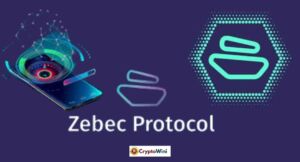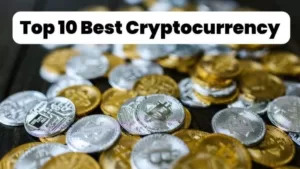{ kaspa coin, kaspa price, kaspa prediction, kaspa market cap, buy kaspa, kaspa wallet, kaspa mining, kaspa exchange, kaspa reddit, kaspa calculator, kaspa scalability, kaspa dag, kaspa infinte scalability, kaspa defi, kaspa supply, kaspa inflation }

Introduction to Kaspa Coin: The Infinitely Scalable Blockchain
The cryptocurrency market has seen tremendous growth over the last decade, with the total market cap exceeding $1 trillion in 2021. While coins like Bitcoin and Ethereum dominate the space, a new blockchain project called Kaspa has been gaining attention for its unique value proposition of infinite scalability.
What is the Kaspa coin?
Kaspa is a decentralized, open-source cryptocurrency and blockchain network that is designed from the ground up to be infinitely scalable. It uses a novel Directed Acyclic Graph (DAG) based structure rather than a traditional linear blockchain used by Bitcoin. The innovative hybrid blockchain combines aspects of both DAG and blockchain architectures.
The Kaspa network is secured by a proof-of-work consensus algorithm called HOPPoW which incentivizes distributed participation and maintains high levels of security.
The project was founded in 2019 by blockchain developer Thiago Cesar who serves as the CEO. The team aims to create an ecosystem that can support global-scale applications with fast, low-cost transactions.
Some standout features of Kaspa include:
- Infinite scalability – By structuring the blockchain as a DAG, Kaspa can process thousands of transactions per second which keeps increasing as the network grows. This solves blockchain’s scalability trilemma.
- Low and predictable fees – Transactions cost a fixed 0.0001 KAS fee to send which enables micropayments.
- High speed – Instant transaction confirmation within 5 seconds, making it one of the fastest cryptos.
- Security – Robust cryptographic security and Sybil resistance maintain the integrity of the network.
With its innovative technology and emphasis on infinite scalability, Kaspa brings a new dimension to the crypto space. But how has its performance been since its launch? Let’s look at the price history next for a better understanding
Kaspa Coin Price History and Performance Since Launch
Kaspa coin commenced trading in May 2021 after its mainnet launch, with an initial price of around $3. The cryptocurrency market was in a slump during that period. As a newly launched crypto, Kaspa’s price remained relatively flat for the first few months.
By July 2021, Kaspa started gaining some traction and market awareness. This led to a rally up to $8 by mid-July. However, the broader crypto market sell-off in the same month brought the price back down to around $2.
In August 2021, Kaspa got listed on its first centralized exchange Gate.io which provided better accessibility. The price recovered back to nearly $5 following this listing. Kaspa’s entrance into decentralized finance also catalyzed a price jump in November 2021 when it reached above $9 briefly.
As the crypto markets turned bullish towards the end of 2021, Kaspa hit its all-time high of around $16 in December amidst the price frenzy seen across coins. Higher trading volumes from retail interest pushed the valuation up within months of launch.
However, broader macro environment changes like rising inflation and interest rates dampened sentiment in 2022, pulling Kaspa’s price back down below $3. The crypto winter has been a brutal period with prices declining over 75% from the peak.
Kaspa’s market capitalization currently stands at around $46 million with a circulating supply of 17 million KAS. 24-hour trading volumes hover around $2-3 million across exchanges like Gate.io, Kucoin, Uniswap etc.
Despite price volatility since inception, Kaspa retains strong long-term potential owing to its core value proposition. Next, let’s examine the key benefits Kaspa offers to understand its future investment appeal.
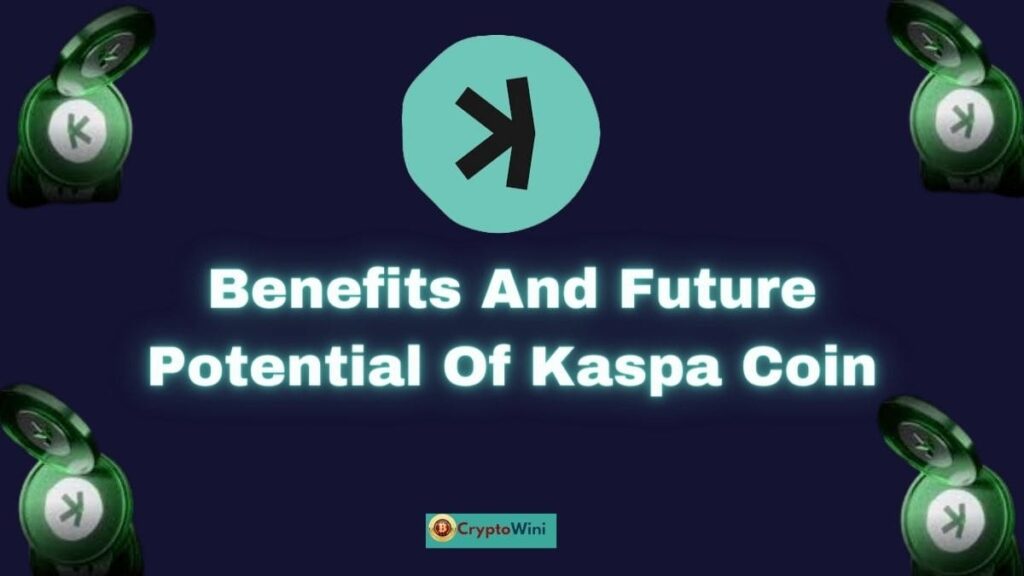
Benefits and Future Potential of Kaspa Coin
Despite the recent price downturn, Kaspa has strong fundamentals and offers significant advantages that make it an attractive long-term investment in the crypto space:
Infinite Scalability for Global Usage
One of Kaspa’s main distinguishing features is its emphasis on infinite scalability to support widespread global usage. By utilizing a DAG-based structure, Kaspa does not have fixed limits on transaction processing capacity or speed.
As more nodes join the network, the number of transactions per second keeps increasing linearly. This solves blockchain’s infamous scalability trilemma that has hindered mainstream adoption.
Kaspa’s capacity can eventually rival payment processing giants like Visa, which handles around 1700 TPS. This makes it feasible to use Kaspa for high-volume use cases.
Strong Security Through Distributed Governance
Despite being a DAG, Kaspa still leverages proof-of-work mining to maintain security. The network uses an ASIC-resistant hashing algorithm called HOPPoW to prevent the centralization of mining power.
Decentralized governance gives Kaspa resilience against 51% attacks. These security mechanisms prevent many of the vulnerabilities plaguing early DAG cryptos.
Fast and Low-Cost Transactions
Kaspa offers some of the fastest crypto transactions with an average confirmation time under 5 seconds, unlike 10 minutes for Bitcoin. This enables seamless user experiences.
Moreover, negligible fees of 0.0001 KAS make microtransactions viable on Kaspa. As transaction volumes grow, these tiny fees still sufficiently incentivize miners.
Long-Term Coin Emission Model
Kaspa has an inflationary coin emission model with block rewards steadily released over 100 years. This provides long-term sustainability and prevents drastic inflation.
Annual coin supply inflation is capped at 7.9%. The transparent emission schedule limits impact on prices.
Mainstream and Enterprise Adoption Potential
With its scalability, Kaspa unlocks several high-value use cases like gaming, social media and decentralized finance which can drive mainstream crypto adoption.
Corporate partnerships are also being explored to integrate Kaspa for supply chain payments, loyalty programs etc.
Considering these significant advantages and the total addressable market, Kaspa seems poised for long-term growth and upside potential. Let’s look at how to get exposure to Kaspa next.

How to Buy, Sell and Store Kaspa Coin
As awareness of Kaspa grows, more users are looking to buy, sell or trade the crypto asset. Here are some of the best options:
Buying KAS on Exchanges
The most convenient way to buy KAS is through centralized exchanges like Gate.io, KuCoin, Hotbit etc. These platforms allow purchasing with other cryptos, stablecoins, credit cards or wire transfers.
Gate.io has the highest KAS trading volumes. Users need to create an account, complete KYC verification, deposit funds and then buy Kaspa from the markets.
Decentralized exchanges like Uniswap also offer options to swap other cryptocurrencies for KAS. This may require using Metamask or another Ethereum wallet.
Peer to Peer Trading
P2P platforms like LocalCryptos enable direct KAS purchases from other users to avoid lengthy exchange signup processes. Payments can be made via various methods. P2P often has higher prices due to convenience premiums.
Storing KAS Safely
The official Kaspa wallet is recommended for storing KAS holdings. Available in desktop and mobile versions, it offers convenience while letting users control private keys.
Hardware wallets like Ledger and Trezor also support KAS to provide cold storage security for large holdings.
Selling or Converting to Fiat
Exchanges allow converting KAS to stablecoins or cashing out to a bank account. Depending on location, options like PayPal may also be available.
Tax obligations may apply when selling crypto for fiat, so it’s important to keep records of capital gains/losses.
Overall, buying and selling KAS has become more accessible as the project expands. Those believing in Kaspa’s future vision can dollar cost average to build long-term positions. Now let’s explore how to mine KAS next.
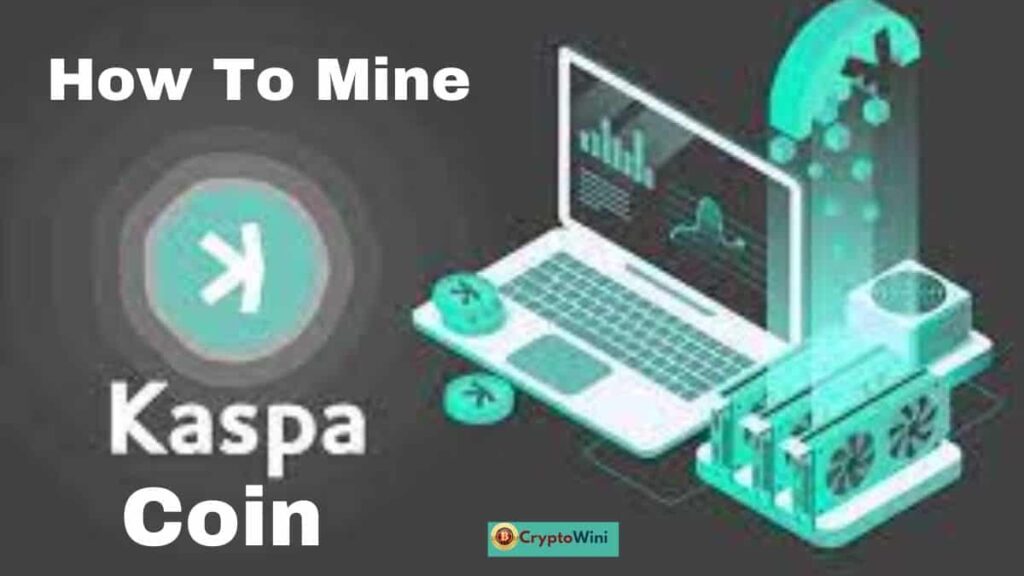
Mining Kaspa Coin
Given Kaspa’s proof-of-work consensus, mining is integral to maintaining the network and validating transactions. Here’s an overview of mining Kaspa coin:
Kaspa Mining Algorithm
Kaspa utilizes a memory-hard hashing algorithm called Argon2d for its proof-of-work mining. This algorithm is ASIC-resistant, ensuring mining remains decentralized between general-purpose GPUs.
Argon2d requires significant RAM which makes optimization difficult. Kaspa mining is feasible using consumer GPUs.
Hardware Requirements
At a minimum, Kaspa mining requires a machine with at least 8 GB RAM and a dedicated GPU like GTX 1060 or RX 580 8GB. More powerful cards can yield greater hash rates and rewards.
To maximize profits, multiple GPUs can be used in a mining rig setup. Efficient cooling is required to prevent GPUs from overheating during intensive hashing.
Mining Pools vs Solo
For steady mining rewards, joining established Kaspa pools like MiningDutch, Kaspaminers etc. is advisable over solo mining. Pools distribute block rewards proportionally among members based on the contributed hash rate.
Solo mining requires significantly higher hash rates to find blocks consistently and is only viable for large operations. For individual miners, pools reduce volatility in payouts.
Configuring Kaspa Mining Software
After selecting a pool, mining software like NBMiner or GMiner needs to be configured with details like the pool URL, ports, wallet address etc.
An Ethereum wallet that supports KAS tokens is required for receiving payouts from pools. The software takes care of computational hashing after inputting these parameters.
Profitability Outlook
With Kaspa mining difficulty increasing, profitability has been impacted. After deducting costs, ROI is estimated around 8-12 months for most GPUs based on current KAS valuations.
Inputting factors like hashing power, power costs etc. into Kaspa mining calculators can provide estimates on potential returns and payback periods.
While still profitable, Kaspa mining is getting competitive, so using efficient GPUs is recommended. Having covered mining, let’s look at what the future may hold for Kaspa.
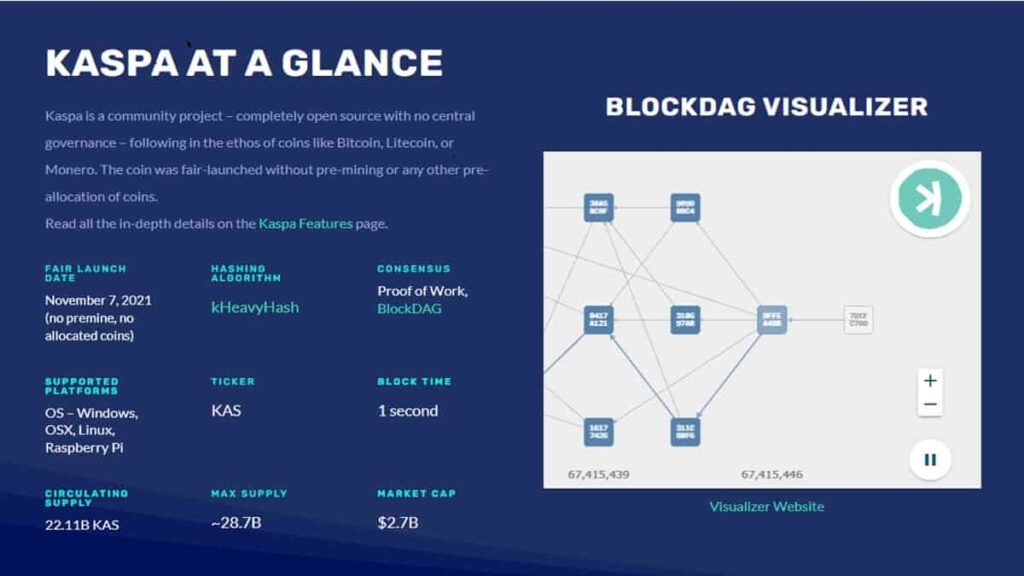
The Future Outlook for Kaspa Coin
As an early-stage blockchain project, Kaspa has ambitious plans for development and growth. What does the road ahead look like?
Upgrades and Improvements Planned
According to the public roadmap, upcoming network upgrades include:
- Switching to a new hashing algorithm VerusHash 2.0 designed to further enhance ASIC-resistance for mining.
- Introducing smart contracts functionality to support decentralized applications. This can enable use cases like DeFi, DApps etc.
- Release of a layer 2 scaling framework for additional transaction capacity along with main net improvements.
- Expanding capabilities of decentralized governance to give token holders more control.
Enhancing technology while ensuring the continuity of the network is a key priority.
Wider Adoption on the Horizon
As Kaspa matures over the coming years, its likely use and integration will accelerate across several domains like:
- DeFi – Fast, low-cost transactions can significantly improve DeFi usability leading to integrations with lending/borrowing protocols, DEXs etc.
- NFTs – The scalability framework makes Kaspa suitable for powering NFT minting/trading platforms and metaverse worlds.
- Web 3.0 – Social media, streaming, cloud storage built on Web 3.0 can utilize Kaspa as the underlying blockchain infrastructure.
- Payments – Seamless micropayments and scalability to compete with the likes of Visa and Mastercard.
With exponential scalability, Kaspa offers the capacity to handle increased utilization across diverse crypto sectors.
Price Predictions Vary
Given the nascency of Kaspa and crypto volatility, reliable short or long-term price predictions remain challenging. Some industry observers have 2025 projections ranging from $2 to as high as $20 based on adoption rate assumptions.
The consensus leans bullish on Kaspa due to its unique scaling solution and the likelihood of increased utility over time. But the execution of the development roadmap also remains critical.
In summary, Kaspa shows strong promise to overcome key blockchain limitations. As the network expands, the future looks bright for this application-ready blockchain and its native token KAS.
Frequently Asked Questions About Kaspa Coin
What is the maximum supply of Kaspa Coin?
The maximum supply is capped at 1.41 billion KAS. The current circulating supply is around 17 million KAS which will gradually increase as per the built-in emission schedule.
Where can I store my Kaspa coins?
The official Kaspa wallet is the best option for storing Kaspa Coin (KAS) holdings. It offers desktop and mobile versions that give you full control of private keys. Hardware wallets like Ledger and Trezor also provide support for secure storage.
Can I stake Kaspa for rewards?
Unlike proof-of-stake cryptos, Kaspa does not offer staking rewards currently. The only way to earn KAS is through mining using your computational power. Staking may be introduced later through governance proposals.
What are the fees to transfer Kaspa Coin?
A negligible transaction fee of 0.0001 Kaspa Coin is charged for every transfer on the network. This static fee ensures transactions remain inexpensive despite scaling.
How long do Kaspa transactions take?
Thanks to its DAG-based structure, KAS transactions get confirmed by the network in just 5 seconds on average. This high speed makes using Kaspa seamless.
Can I use a credit/debit card to buy KAS directly?
Yes, some exchanges like Gate.io allow directly buying KAS with Visa and Mastercard credit cards in selected countries. Purchasing limits may apply based on verification level.
Is Kaspa a private cryptocurrency?
No, Kaspa is a public, permissionless blockchain. All balances and transactions are openly verifiable on the explorer. Optional privacy may be added in the future.
What is the inflation rate of Kaspa?
The coin emission schedule limits annual inflation to around 7.9% which gradually declines over 100 years. This controlled inflation funds miner rewards and development.
Conclusion
Kaspa Coin presents an innovative solution to solve blockchain’s scalability limitations through its DAG-based architecture and unique coin emission model. By combining aspects of both blockchains and DAGs, Kaspa offers the best of both worlds – security and distributed governance of chains, and infinite scalability of DAGs.
With strong technical foundations and emphasis on real-world usability, Kaspa is well-positioned to power the next generation of decentralized applications, DeFi protocols, NFT projects, and blockchain-based economies.
Despite price volatility since launch, long-term fundamentals remain strong. For crypto investors, Kaspa Coin offers an early-stage opportunity to gain exposure to the future of infinitely scalable platforms. With further technology improvements and accelerating adoption, Kaspa seems primed for mainstream success.
Disclaimer:
Content in www.cryptowini.com is for informational purposes only. It should not be considered investment advice. Please conduct due diligence before making any high-risk investments in cryptocurrencies, blockchain assets or digital tokens.













